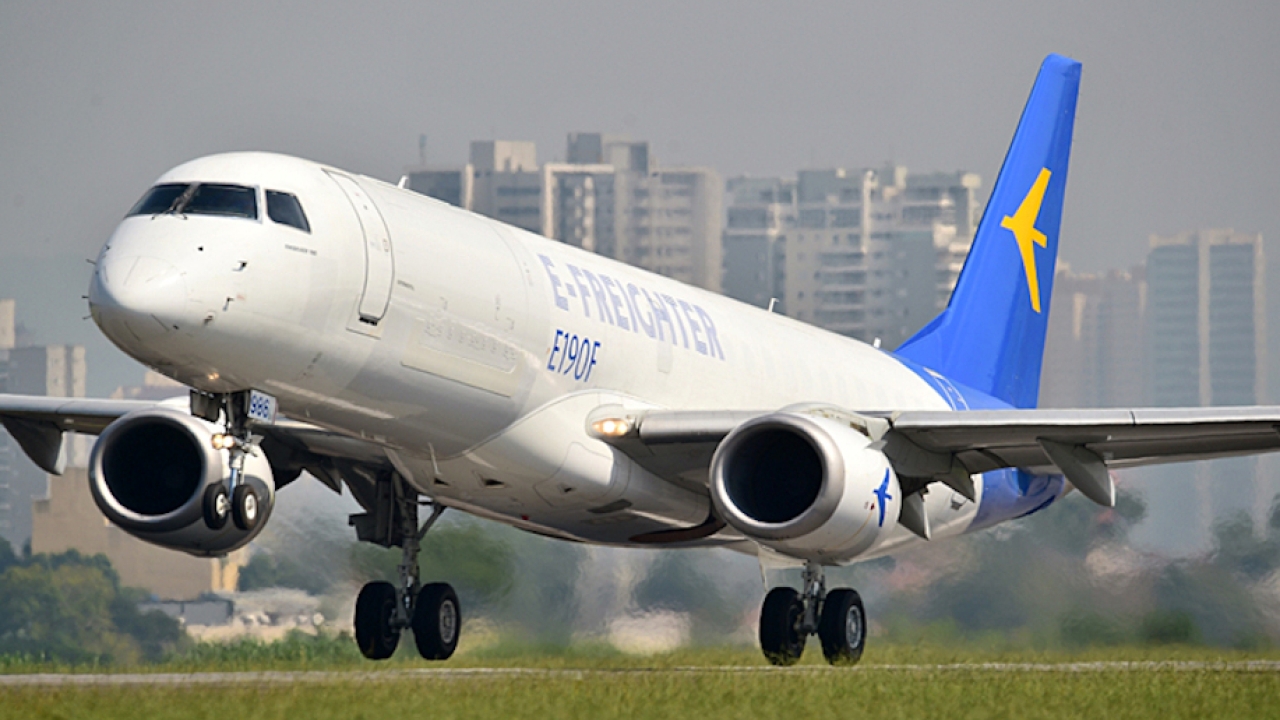Global standards collaboration key to future of ground handling

"Effective ground operations are an essential part of the airline industry's efforts to meet the forecast growth in demand for air connectivity. In preparing for the future we need to focus on consistently implementing global standards, enhanced collaboration, and accelerating modernized processes," said Nick Careen, IATA's Vice President, Airport, Passenger, Cargo and Security, speaking at the 31st IATA Ground Handling Conference in Doha, Qatar.
Global standards
IATA called for the ground handling industry to accelerate the global adoption of the IATA Ground Operations Manual (IGOM) to ensure a level of operational consistency and safety across the industry worldwide. "Aviation grows safer when global standards are consistently applied. IGOM is the global standard and worldwide implementation is our target," said Careen.
IATA also called on governments to recognize the IATA Safety Audit for Ground Operations (ISAGO)—based on IGOM standards—in their regulatory frameworks.
"We are asking governments to universally recognize ISAGO as an acceptable means of compliance for operators' oversight of outsourced services in ground operations. This will foster harmonization across the industry, reduce redundant audits, improve safety, and enhance operational efficiency," said Careen.
As of April 2018, the number of ground service providers (GSPs) in the ISAGO Registry surpassed 230, with almost 450 registered stations in over 300 airports worldwide. ISAGO is recognized by several airport authorities, such as Amsterdam Schiphol, London Heathrow, Seattle Tacoma, Miami, Hong Kong, and Singapore, and the civil aviation authorities of Lebanon, Jordan, Turkey, Netherlands, and many others.
Improving Collaboration
IATA urged even greater collaboration across stakeholder groups to improve safety and operational efficiency. Following on such successful collaborative efforts as ISAGO and the IATA Ground Damage Database, the IATA Ground Operations Group (GOG) was established as a collaborative forum for airlines and ground handlers to work together. The aim of the GOG is to provide strategic direction on the development and implementation of ground handling standards and technology with a focus on improving safety and efficiency.
"We have high expectations for the GOG. Its three-year plan to address safety and efficiency issues will lead to much-needed improvements in such critical areas of operations as training, the development of ground support equipment, and load control. But the industry will only realise the full benefits that the GOG can bring if it has the support of all stakeholders in the ground handling industry," said Careen.
The development of a new SAE Aviation Standard for aircraft fuselage alignment markings is another example of successful industry collaboration. This will help reduce aircraft damage during servicing by having standardized alignment markings on the aircraft fuselage.
"Most airlines have individual alignment markings to help ground support equipment (GSE) dock with the aircraft. With standardized markings, ground staff know exactly what to expect and GSE auto docking technology can be developed," said Careen.
Ramp of the Future
IATA has launched a Ramp of the Future (RoF) initiative.
This will bring together key stakeholders to accelerate the modernization of processes aligned with a common vision for the future of ground operations. Key partners involved in RoF include members of the GOG and the Airport Services Association (ASA).
"Passenger numbers are growing. Airport infrastructure is nearing capacity. Opportunities for greenfield sites or new-build terminals are limited. New, smarter, more effective ways to operate, harnessing the power of new technology, need to be found. But we will only be successful if we are working towards achieving a common vision. RoF gives ground handling stakeholders the opportunity to influence their future," said Careen.
The RoF project is part of the New Experience in Travel and Technologies (NEXTT) initiative being run in collaboration with Airports Council International (ACI) to develop a common vision to enhance the on-ground transport experience, guide industry investments, and help governments improve the regulatory framework.
Modernising training for ground handling is another key element.
"High employee turnover is a challenge when you need to deploy a fully skilled workforce in critical ramp functions. New training technologies have an important role to play. This includes innovative virtual reality tools," said Careen, highlighting the success of IATA's RampVR (TM) offering, the first virtual reality training tool for ground operations, said Careen.”
Stay up to date
Subscribe to the free Times Aerospace newsletter and receive the latest content every week. We'll never share your email address.

